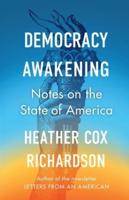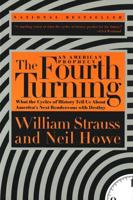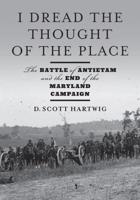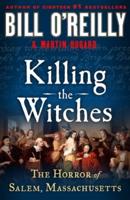Publisher's Synopsis
The rush to the Louisiana border was known to the Texans as the Runaway Scrape, the Great Runaway or the Sabine Shoot. Whatever one calls it, the wild exodus was a nightmare of terror and suffering for women and children across the Lone Star State. It was only their burning desire for retribution which made it possible for them to keep going. REMEMBER THE ALAMO! REMEMBER GOLIAD! COME AND TAKE IT!Dilue Rose Harris told her story for the Eagle Lake Headlight in 1900. A copy of the manuscript was given to the author of this novel in an edited form, and her story is now brought forth and told through the perspective of a creative nonfiction genre.Delicate women trudged from day to day until their shoes were literally worn out and continued their journey to the east with bare feet, lacerated and bleeding at almost every step. Their clothes were scant and provided no means of shelter from frequent drenching downpours and bitterly cold winds.--- Soldier from the Battle of San JacintoConstant exposure to the elements caused measles, whooping cough and other unknown diseases that many died from along the Sabine Shoot! One woman and her two children rode a horse that bolted into a swollen bayou and plummeted into the torrent. Horrified refugees on the other bank could only watch as a horse, mother and children were swept under by the swift current.The cries of the women were distressing. They raised their hands to Heaven and declared they had lost their all. They knew not where to go. Many said they preferred to die on the road rather than to be killed by the Mexicans or Indians. Sickness killed my two children. They did not escape.In efforts to escape the tyranny of General Santa Anna, the older men, women, and children found the few ferries to cross the waterways could not accommodate the large volumes of traffic. At Lynch's Ferry, over five thousand people were waiting to get across.--- Dilue Rose HarrisOnce the first travelers headed east reached the Sabine River, before the Battle of San Jacinto, the children were crying, the women were praying and the men cursing.In the group of women with Dilue Rose Harris, one recalled in her memoirs that there were very few white men in the hundreds in her group. Negroes seemed to be the protectors of most of the families. She had nothing but the highest praise for the Men of Color without whose help they may never have succeeded.---Mary S. HelmThe triumph on Buffalo Bayou by Sam Houston and the Texians displeased Peggy McCormick, who owned the land where the twenty-minute battle was waged. She complained to Houston that the hundreds upon hundreds of decomposing enemy corpses reduced the value of her property. In a meeting with Houston, she demanded he take away the dead bodies off her land. Houston appealed to her sense of posterity by saying, "Madam, your land will be famed in history as the classic spot upon which the glorious victory of San Jacinto was gained." She was not impressed.---Diary of Josiah Gregg, 1840-1847My dear sister. I have lost my William. O, yes, he is gone. My poor boy is gone, gone from me. The sixth day of March in the morning, he was slain in the Alamo in San Antonio. Then, his poor body was committed to the flames. --- Mrs. George SutherlandFinally, the women of the Runaway Scrape or the Sabine Shoot or the Great Runaway justifiably could regard themselves as Veterans of the Texas Revolution. They endured dangers and hardships as harsh as those faced by their soldier-husbands. Not as commonly lauded over the last almost two-hundred years, their efforts were just as important.Santa Anna had no secret of his objective. He wanted to drink a cup of coffee from the waters of the Sabine River and on the way, rid Texas of all perfidious foreigners. His campaign ended on April 21, 1836.








